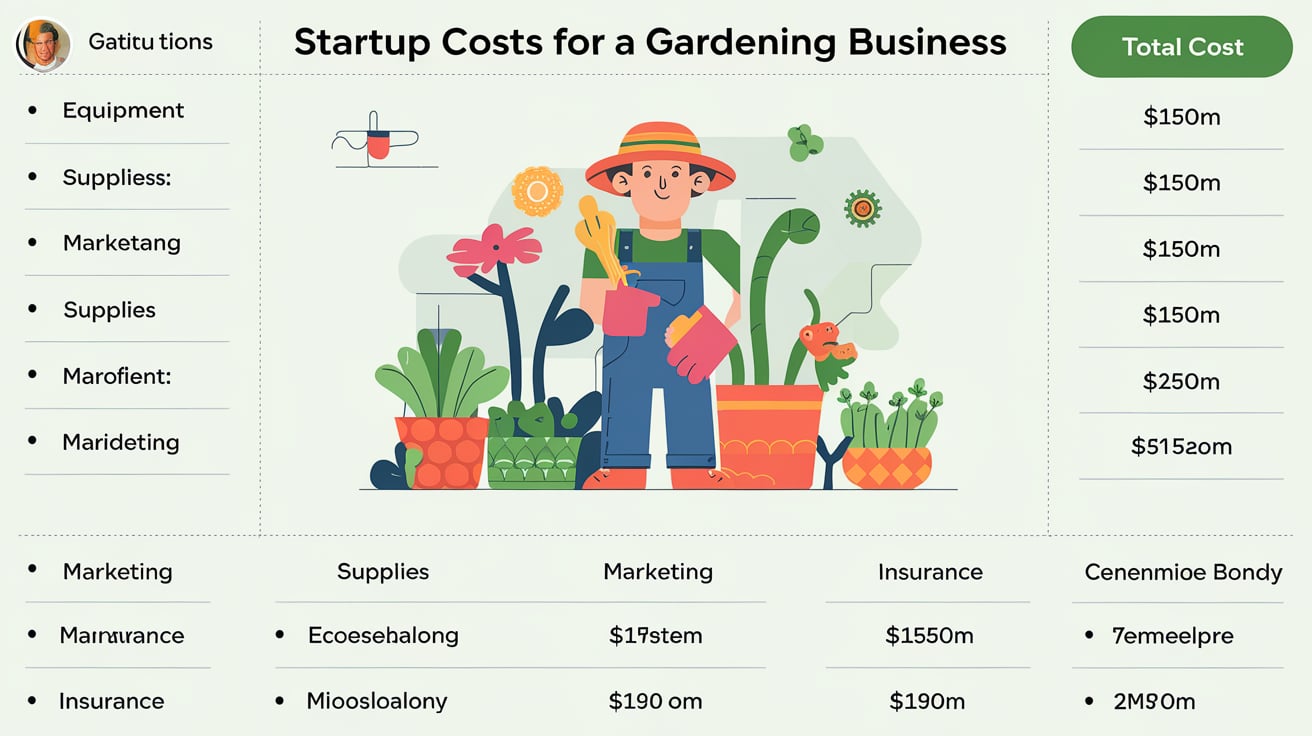Hey there, fellow trailblazers in the world of entrepreneurship and business leadership! Welcome to a transformative journey where we unlock the very essence of success through the art of strategic implementation.
Whether you’re a visionary startup founder crafting your path or a seasoned manager steering your ship towards new horizons, this guide is tailor-made for you. Let’s embark together on this empowering quest to turn aspirations into realities, fueled by practical steps that resonate with one and all.
In a world pulsating with opportunities and challenges, every decision counts. As we delve into the realms of effective business strategy implementation, let’s paint a canvas where financial goals not only sparkle with promise but materialize through intentional actions.
Embracing an approachable narrative free from tangled jargon, we are here to bridge the gap between ambition and achievement. Get ready to explore insightful strategies stitched together with threads of practicality; after all- success isn’t just a destination, it’s a road paved with deliberate choices.
So buckle up, dear reader, as i set sail towards unlocking your full potential in the vast ocean of possibilities ahead. Excited? You should be – because greatness beckons!
Clarifying Your Vision.
Congratulations on embarking on the journey to unlocking success through strategic planning! At the core of any thriving business lies a well-defined vision that serves as a guiding light illuminating every step towards prosperity.
By defining your long-term goals and vision for your business, you set in motion a roadmap that directs your decisions and resource allocation effectively. Just like a captain needs a destination to navigate a ship, a business needs clarity in its mission to sail through challenges and opportunities with purpose.
Imagine you run a boutique coffee shop and aspire to become the go-to spot for artisanal coffee in your community. Clarifying your vision involves more than merely stating this ambition—it requires breaking down this overarching objective into concrete, actionable targets.
These targets could include expanding your range of offerings, enhancing customer experience through better ambiance or service, or increasing foot traffic by leveraging social media marketing strategies. Aligning these specific goals with your broader vision ensures that each action propels you closer toward realizing your ultimate dream of being the top coffee destination in town.
A clear vision acts as a compass for decision-making processes within your business. When faced with choices about where to invest resources—be it in marketing campaigns, staff training programs, or expanding physical locations—your defined vision can steer you towards options that align with your long-term aspirations.
Resource allocation becomes more strategic when every investment is evaluated based on how well it contributes to bringing your envisioned future into reality. In essence, clarifying your vision is not just setting lofty ambitions; it’s laying the groundwork for practical steps that propel you towards tangible success day by day.
Step 2: Conducting Market Research.
Congratulations on clarifying your vision in Step 1! Now, let’s delve into the crucial aspect of conducting market research to propel your business strategy to new heights. In today’s dynamic business landscape, data-driven insights are invaluable assets that can guide you towards success.
By analyzing market trends, understanding customer preferences, and studying competitors, you gain a strategic advantage that sets you apart in a competitive market.
Imagine you’re launching a new line of eco-friendly products for your small sustainable fashion brand. Through detailed market research, you discover a growing trend where consumers are increasingly prioritizing sustainable and ethically-produced clothing.
By using this data-driven insight, you decide to tailor your marketing strategies and production processes to align with these consumer preferences. This not only helps you cater to the current demand but also positions your brand as an environmentally-conscious choice in the market.
Moreover, staying updated with market dynamics is like having a compass guiding your strategic decisions. Consider a tech startup aiming to introduce a revolutionary app in a rapidly evolving industry. Regularly monitoring market shifts allows them to adapt their features according to user feedback and emerging technologies swiftly.
This adaptability helps them seize opportunities as they arise and stay ahead of competitors who may lag behind in responding to changing consumer needs.
In essence, effective market research empowers you to make informed decisions that drive the growth and sustainability of your business. The ability to capitalize on emerging opportunities and mitigate risks through tailored strategies based on comprehensive analysis is paramount in achieving long-term success in any industry.
Embrace the journey of understanding your market intricately; it’s the cornerstone of building a resilient and successful business strategy that stands the test of time.
Step 3: SWOT Analysis.
As you embark on the journey to unlock success through strategic planning, conducting a SWOT analysis becomes a pivotal step in assessing your business’s standing in the market.
By examining your Strengths, Weaknesses, Opportunities, and Threats (SWOT), you gain valuable insights into both internal competencies and external challenges. Imagine you’re peering into a mirror that reflects not only what you excel at but also areas where growth is needed.
When evaluating strengths, consider aspects like a loyal customer base, unique products or services, or skilled employees that set your business apart. Conversely, identifying weaknesses can encompass issues such as limited resources, outdated technology, or gaps in skills within your team. Understanding these internal facets arms you with knowledge to amplify strengths and address weaknesses effectively.
Moving outward to opportunities and threats, envision looking through a telescope into the horizon of possibilities and risks. Opportunities may arise from emerging market trends, technological advancements, or unmet customer needs waiting to be tapped into.
On the flip side, threats could manifest in intense competition, economic downturns, regulatory changes – essentially any factors that could jeopardize your business’s sustainability. By meticulously analyzing these external dynamics through the lenses of opportunities and threats in your SWOT assessment, you pave the way for strategic decision-making calibrated towards progress and risk mitigation.
Guiding readers through crafting a tailored SWOT analysis specific to their unique business context empowers them to navigate complexities with clarity and purpose. Just as every fingerprint is distinct, each business possesses its own blend of characteristics that shape its trajectory in the marketplace.
Encourage entrepreneurs to embrace this exercise not as a mere checklist item but as a compass guiding them towards informed choices and transformative growth opportunities.
Unlocking Your Path to Success.
Congratulations on reaching the final step in our guide to implementing your business strategy successfully – setting SMART goals. By incorporating Specific, Measurable, Achievable, Relevant, and Time-bound objectives into your vision, you are laying the foundation for tangible progress towards your financial goals. Remember: each goal should be supported by key performance indicators (KPIs) to provide a clear roadmap for tracking your advancement.
As we wrap up this journey together, I urge you to craft SMART goals that not only align with your overarching vision but also challenge your organization to strive for excellence.
Balancing realism with ambition is key; setting targets that push boundaries while remaining attainable will spark motivation and focus within your team. With this approach, you can foster a culture of growth and achievement that propels your business forward.
Embrace the power of setting SMART goals as a transformative tool in realizing your ambitions. By infusing these principles into your strategic planning process, you pave the way for sustainable success and continuous improvement.
Stay committed to refining and adapting your objectives based on feedback and data insights, unlocking endless possibilities for growth and prosperity. Remember, success is not just a destination—it’s a rewarding journey defined by the steps you take today towards a brighter tomorrow.
As an author writing and creating business courses and articles, I am responsible for developing and delivering high-quality content that is informative, engaging, and relevant to the target audience.
I monitor and analyzes business trends and topics to create courses and articles that provide value to readers and students here. I am responsible for ensuring that all content is accurate, well-written, and met the needs of the target audience.






